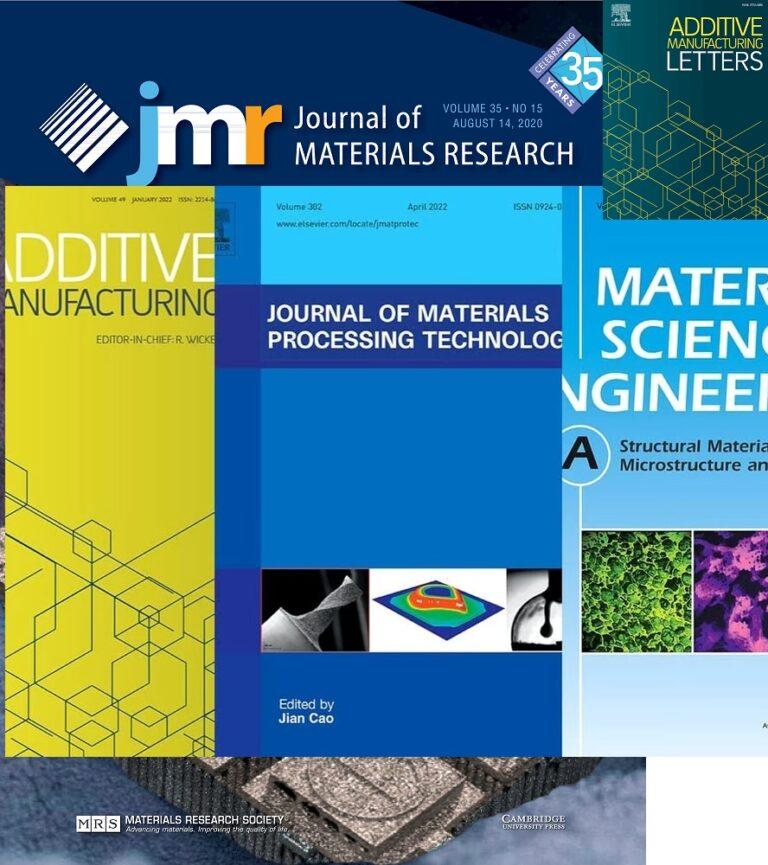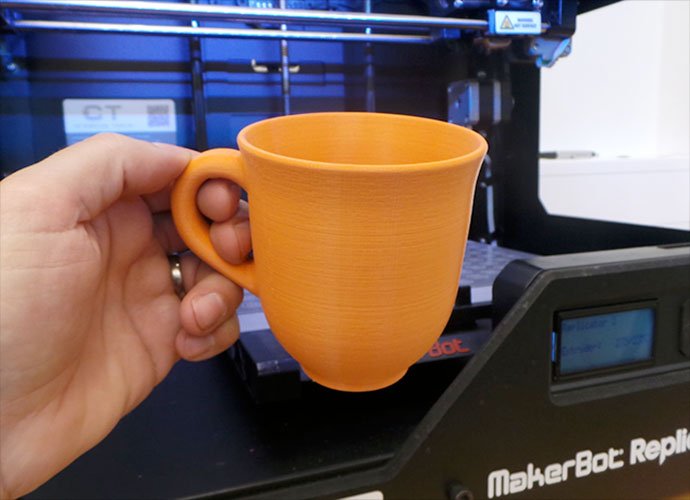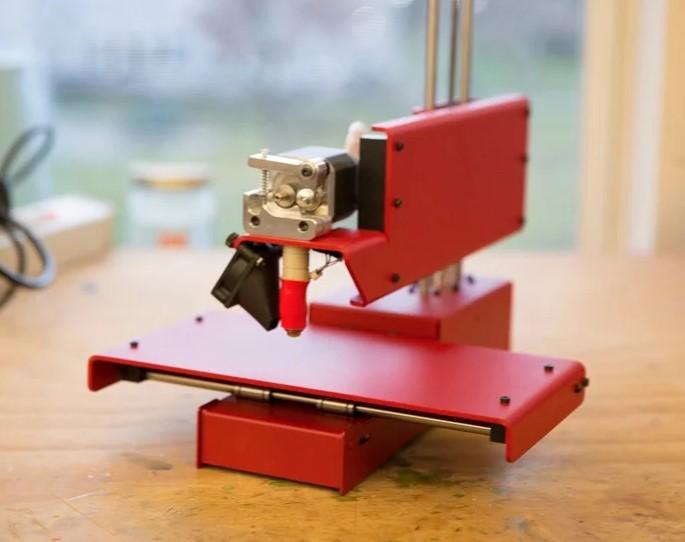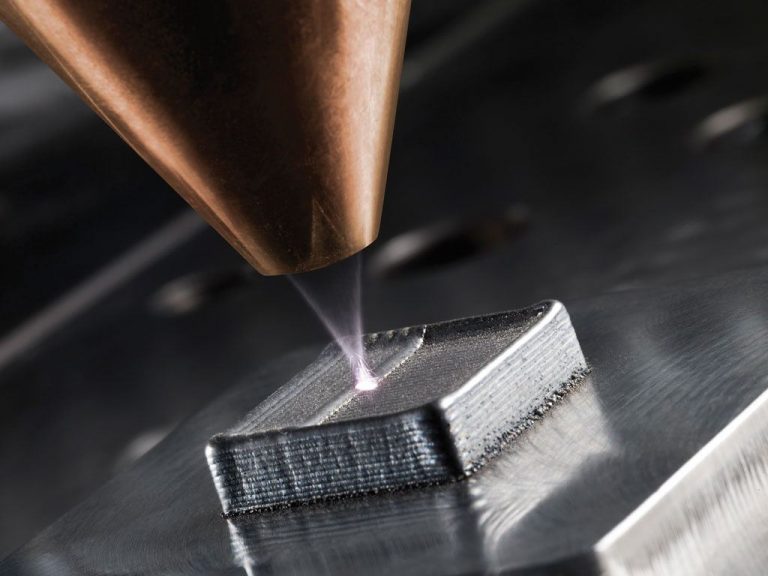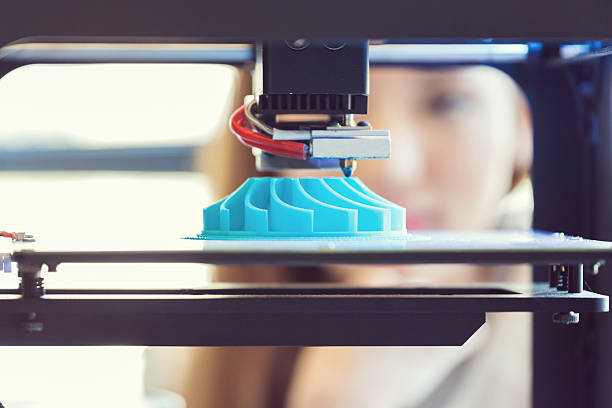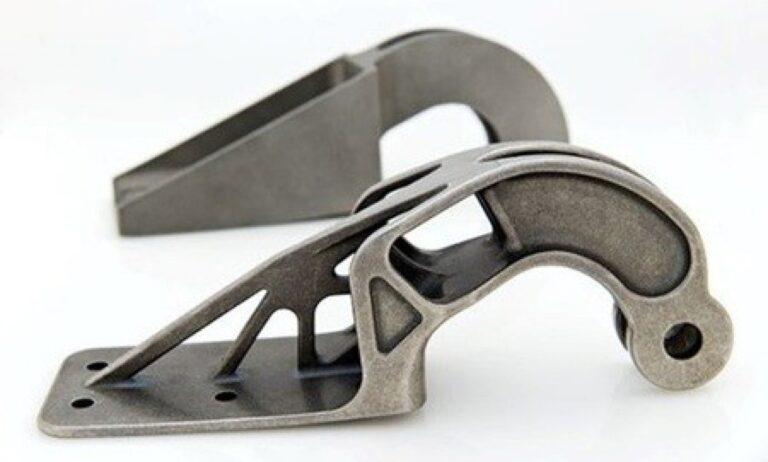Additive Manufacturing: The Future of Maintenance and Repair
Introduction to Additive Manufacturing
“Have you ever wondered how additive manufacturing for maintenance and repair is transforming industries? First, let’s understand what additive manufacturing is. It’s a process that creates physical objects from digital designs. Rather than removing material, it adds it, layer by layer. This is why we call it ‘additive’.
Now, let’s delve into its workings. A digital design, often a 3D model, is the starting point. The software then slices this model into thin layers. The manufacturing equipment reads these layers to create the final object.
Why is it important? Well, it offers unique advantages. Foremost among these is customization. With traditional manufacturing, mass production is the norm. In contrast, additive manufacturing allows for individualized production. It caters to specific needs, making it a game-changer.
Moreover, it allows for complex designs. Traditional methods can struggle with intricate geometries. Not so with additive manufacturing. It effortlessly handles complexity, opening up new possibilities.
In the context of maintenance and repair, it’s even more revolutionary. It enables the on-demand production of spare parts. This is a significant shift from the traditional supply chain model.
In conclusion, additive manufacturing is a transformative technology. It’s redefining how we manufacture, maintain, and repair. And this is just the beginning of its potential.”
Current State of Maintenance and Repair Operations
Maintaining assets in excellent working condition and avoiding unscheduled downtime requires maintenance and repair (MRO) operations. MRO can, however, be a pricey and time-consuming process. The market for MRO was estimated at $1.3 trillion globally in 2022, and by 2027, it is anticipated to reach $1.7 trillion.
Today’s MRO operations face several challenges
Are you aware of the rising asset ages across industries? As they age, maintenance, repair, and operations (MRO) resources feel the strain. Additionally, our assets are becoming more intricate. This complexity makes their upkeep and repair more demanding.
Another challenge is the scarcity of skilled labor. Finding qualified individuals for MRO tasks isn’t easy, thanks to a significant skill shortage in the industry. Furthermore, costs are on an upward trend. Factors such as labor and material prices contribute to soaring MRO costs.
Despite these hurdles, several trends are improving MRO operations. Predictive maintenance is a standout. By leveraging data analytics, potential issues are identified before they happen. This prevents unplanned downtime and reduces maintenance costs.
Robotics also has a place in this mix. Automating various MRO tasks with robots enhances efficiency and curbs costs. Lastly, we cannot ignore additive manufacturing. It’s helping create custom parts and tools, improving MRO operations’ efficiency and effectiveness. Consequently, MRO operations are becoming more vital for businesses, regardless of size.
Let’s consider some interesting data underscoring the importance of MRO:
- In the U.S., businesses suffer an average loss of $50,000 per hour due to unplanned downtime.
- Companies implementing predictive maintenance enjoy a 25% reduction in unplanned downtime, according to the Aberdeen Group.
- Incorporating robotics in MRO can cut labor costs by up to 50%.
- Additive manufacturing can shorten part production time by up to 90% in MRO.
These figures highlight the significant impact of MRO on a company’s profitability. By investing in MRO, organizations can enhance productivity, decrease costs, and avoid unscheduled downtime.
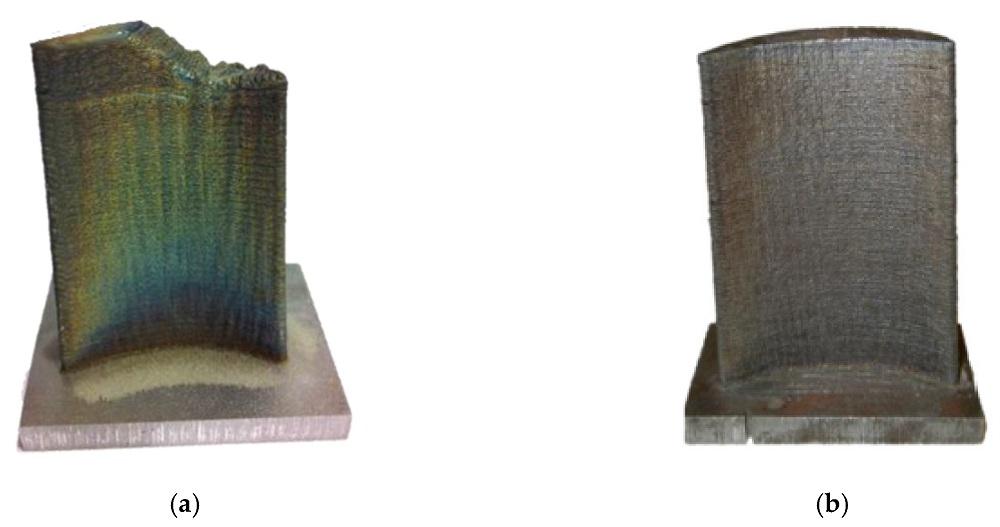
How Additive Manufacturing is Changing the Game
Additive manufacturing is revolutionizing the maintenance and repair (MRO) landscape in various industries. It’s turning the traditional way of doing things on its head. But how exactly is it doing this?
Firstly, it’s enabling on-demand production of spare parts. This is a significant departure from traditional supply chain models. No longer do industries need to rely on extensive inventories or lengthy shipping times. If a part is needed, it can be produced right then and there. This is a game-changer.
Moreover, additive manufacturing allows for customized parts. Each part can be designed to meet specific requirements. This isn’t just beneficial for producing unique parts. It’s also helpful for retrofitting older equipment that may require obsolete or hard-to-find parts.
Further, additive manufacturing facilitates the production of complex parts. Traditional manufacturing methods often struggle with intricate geometries. Additive manufacturing, on the other hand, handles complexity with ease. This opens up new possibilities for design and functionality.
In addition, additive manufacturing can potentially reduce costs. With conventional methods, producing a small number of parts can be expensive due to the costs associated with creating molds or setting up machines. Additive manufacturing avoids these costs, making low-volume production more economically feasible.
In conclusion, additive manufacturing is reshaping the MRO landscape across industries. By enabling on-demand, customized, and complex part production while potentially reducing costs, it’s ushering in a new era of efficiency and flexibility.
Case Studies of Additive Manufacturing in Different Industries
Let’s delve into real-world applications of additive manufacturing across various industries. We’ll explore a few case studies that highlight its impact on maintenance and repair operations. These cases will illustrate the transformative power of this innovative technology. From aerospace to automotive to Medical sectors, additive manufacturing is changing the game. Ready to explore? Let’s dive in.
Aerospace Industry
- In 2015, GE Aviation used additive manufacturing to create a fuel nozzle for the LEAP engine. The new nozzle is lighter and more efficient than the previous design, and it has helped GE to improve fuel burn and reduce emissions.
- In 2016, Airbus used additive manufacturing to create a titanium bracket for the A350 XWB aircraft. The new bracket is stronger and lighter than the previous design, and it has helped Airbus to reduce the weight of the aircraft.
- In 2017, Rolls-Royce used additive manufacturing to create a turbine blade for the Trent XWB engine. The new blade is stronger and more durable than the previous design, and it has helped Rolls-Royce to improve the reliability of the engine.
Automotive Industry
- In 2016, BMW used additive manufacturing to create a titanium exhaust manifold for the i8 supercar. The new manifold is lighter and more efficient than the previous design, and it has helped BMW to improve the performance of the car.
- In 2017, Ford used additive manufacturing to create a bracket for the F-150 Raptor pickup truck. The new bracket is stronger and lighter than the previous design, and it has helped Ford to improve the durability of the truck.
- In 2018, Audi used additive manufacturing to create a fuel rail for the A8 luxury sedan. The new fuel rail is lighter and more efficient than the previous design, and it has helped Audi to improve the fuel economy of the car.
Medical Industry
- In 2015, Stryker used additive manufacturing to create a prosthetic knee implant. The new implant is lighter and more durable than the previous design, and it has helped Stryker to improve the quality of life for patients with knee injuries.
- In 2016, Medtronic used additive manufacturing to create a heart valve implant. The new valve is smaller and more effective than the previous design, and it has helped Medtronic to improve the outcomes for patients with heart disease.
- In 2017, DePuy Synthes used additive manufacturing to create a spinal implant. The new implant is more precise and customized than the previous design, and it has helped DePuy Synthes to improve the outcomes for patients with spinal injuries.
These are just a few examples of how additive manufacturing is being used in maintenance and repair in different industries. As the technology continues to develop, we can expect to see even more innovative and efficient applications for additive manufacturing in the years to come.
Additive Manufacturing Technologies Used in Maintenance: A Real-World Look
here are some of the additive manufacturing technologies that have been used in maintenance so far, along with their applications and real-world examples:
Stereolithography (SLA)
Stereolithography (SLA) is a process that uses a laser to cure a liquid resin into a solid object. SLA is often used to create prototypes and molds, but it can also be used to create spare parts for legacy equipment. For example, General Electric (GE) used SLA to create a fuel nozzle for the LEAP engine, which is used in the Boeing 737 MAX and Airbus A320neo aircraft. The new nozzle is lighter and more efficient than the previous design, and it has helped GE to improve fuel burn and reduce emissions.
Selective laser melting (SLM)
Selective laser melting (SLM) is a process that uses a laser to melt metal powder into a solid object. SLM is often used to create prototypes and tooling, but it can also be used to create spare parts for industrial equipment. For example, Rolls-Royce used SLM to create turbine blades for the Trent XWB engine, which is used in the Airbus A350 XWB aircraft. The new blades are stronger and more durable than the previous design, and they have helped Rolls-Royce to improve the reliability of the engine.
Direct metal laser sintering (DMLS)
Direct metal laser sintering (DMLS) is a process that is similar to SLM, but it uses a powder bed instead of a roller. DMLS is often used to create complex parts with intricate geometries, such as medical implants and aerospace components. For example, Stryker used DMLS to create a prosthetic knee implant that is lighter and more durable than the previous design. The new implant has helped Stryker to improve the quality of life for patients with knee injuries.
Electron beam melting (EBM)
Electron beam melting (EBM) is a process that uses an electron beam to melt metal powder into a solid object. EBM is often used to create parts for high-temperature applications, such as jet engine components and nuclear reactor parts. For example, Siemens Energy used EBM to create a turbine blade for the SGT-5000 gas turbine, which is used in power plants around the world. The new blade is more resistant to heat and corrosion than the previous design, and it has helped Siemens Energy to improve the efficiency of the turbine.
These are just a few examples of the additive manufacturing technologies that have been used in maintenance so far. As the technology continues to develop, we can expect to see even more innovative and efficient applications for AM in the years to come.
The Future of Maintenance and Repair with Additive Manufacturing
Additive manufacturing (AM), also known as 3D printing, is a rapidly evolving technology that has the potential to revolutionize maintenance and repair (MRO) operations. AM offers a number of advantages over traditional manufacturing methods, including:
- The ability to create complex parts with intricate geometries
- The ability to create parts with materials that are not easily available through traditional manufacturing methods
- The ability to create parts on demand, which can help to reduce inventory costs
- The ability to create parts with minimal waste
These advantages make AM an ideal technology for a variety of MRO applications, including:
- Creating custom parts for legacy equipment
- Repairing damaged parts
- Prototyping new parts
- Manufacturing spare parts
As AM technology continues to develop, we can expect to see even more innovative and efficient applications for AM in MRO operations. For example, AM could be used to create self-repairing parts that can detect and repair damage on their own. AM could also be used to create parts that are more durable and resistant to wear and tear.
The use of AM in MRO operations has the potential to significantly improve the efficiency, effectiveness, and cost-effectiveness of MRO operations. As a result, AM is poised to play a major role in the future of MRO.
Potential Challenges and Solutions
Additive manufacturing is a game-changer in maintenance and repair operations. However, it’s not without challenges. Let’s delve into these potential hurdles and their possible solutions.
Firstly, there’s the issue of high initial investment. Setting up additive manufacturing requires significant capital for equipment and software. However, the solution lies in weighing these costs against potential savings. When considering the cost reduction in inventory, shipping, and downtime, this investment can pay off.
Next is the challenge of skilled labor scarcity. Operating these machines requires specialized training. A solution is investing in employee training programs. Alternatively, partnering with specialized service providers can also be a viable option.
The third challenge is ensuring consistent quality. As with any manufacturing process, there can be variability in the end product. However, advances in process monitoring and control techniques are addressing this issue. Regular quality checks and calibration are also crucial.
The final hurdle is the regulation and certification of parts. This is particularly relevant in industries like aerospace and healthcare. Here, comprehensive testing and validation processes are key. Working with regulatory bodies early in the process can help streamline this.
In conclusion, while additive manufacturing presents potential challenges, there are viable solutions. By proactively addressing these hurdles, industries can fully harness the benefits of this transformative technology.
Conclusion and Looking Ahead
Additive manufacturing has undoubtedly revolutionized maintenance and repair operations. It’s providing a new lens through which we view production, inventory, and logistics. But this is just the beginning.
Looking forward, we can anticipate an even greater role for additive manufacturing. As technology evolves, we’ll see more efficient, cost-effective, and versatile applications. In terms of maintenance and repair, on-demand, and customized production will become commonplace. This will minimize downtime and enhance operational efficiency.
However, the path ahead isn’t without challenges. The high initial investment, skill scarcity, quality assurance, and regulation are key hurdles. Yet, as we’ve seen, solutions are emerging. With strategic planning, industries can successfully navigate these challenges.
In conclusion, the future of maintenance and repair is closely tied to additive manufacturing. Embracing this technology is not only a strategic move but also a step towards sustainable and efficient operations. The journey is just beginning, and the best is yet to come.
How to implement additive manufacturing in your maintenance operations?
- Understand the Basics of Additive Manufacturing
Before implementing additive manufacturing, it’s crucial to understand the technology. This includes learning about different 3D printing techniques, materials used, and the capabilities and limitations of the technology.
- Identify Suitable Applications
Identify the parts or components in your maintenance operations that could benefit from additive manufacturing. Look for areas where you have frequent failures, long lead times for replacement parts, or discontinued parts.
- Invest in Necessary Equipment and Software
You will need 3D printers, materials, and software for designing and printing parts. Consider the costs and benefits of different types of printers, and make sure to include the cost of training staff in your budget.
- Create Digital Inventories
Use CAD software to create digital blueprints of the parts you intend to manufacture. These digital models will serve as the template for your 3D printers.
- Train Staff
Train your maintenance team on the new technology. This should include not only how to operate the printers and software, but also how to design parts for additive manufacturing and how to incorporate 3D printed parts into their maintenance routines.
- Test and Refine
Start by printing small, non-critical parts to test the process. Use feedback from these initial runs to refine your processes and digital models.
- Implement Full Scale
Once you are confident in your processes and the quality of your 3D printed parts, start using them in your maintenance operations.
- Monitor and Improve
Continually monitor the performance of your 3D printed parts and the efficiency of your additive manufacturing operations. Use this information to make continual improvements.
- Stay Up-to-date
Additive manufacturing is a rapidly evolving field. Keep up-to-date with the latest developments to ensure you are making the most of this technology.
FAQs
Additive manufacturing can significantly speed up repair times, reduce inventory costs, and extend the lifespan of the equipment. It allows for the printing of discontinued or custom parts, making it a valuable tool for maintenance and repair operations.
Common techniques include Selective Laser Melting (SLM), Direct Metal Laser Melting (DMLM), Laser Metal Deposition (LMD), and Electron Beam Melting (EBM). The choice of technique depends on the specifics of the part being manufactured, including its material, complexity, and required precision.
Companies like Siemens and General Electric have been using additive manufacturing for maintenance. For example, they’ve used it to repair burner tips and turbines, reducing repair times significantly. Deutsche Bahn, the German Railways company, also uses 3D printing for parts that are hard to procure.
Initial costs can be high, as 3D printing equipment and materials can be expensive. However, once implemented, additive manufacturing can be cost-effective, reducing inventory costs and speeding up repair times.
Start by understanding the basics of the technology, identifying suitable applications, investing in necessary equipment and software, creating digital inventories, and training your staff. It’s also crucial to test, monitor, and refine your processes to ensure the best results.

